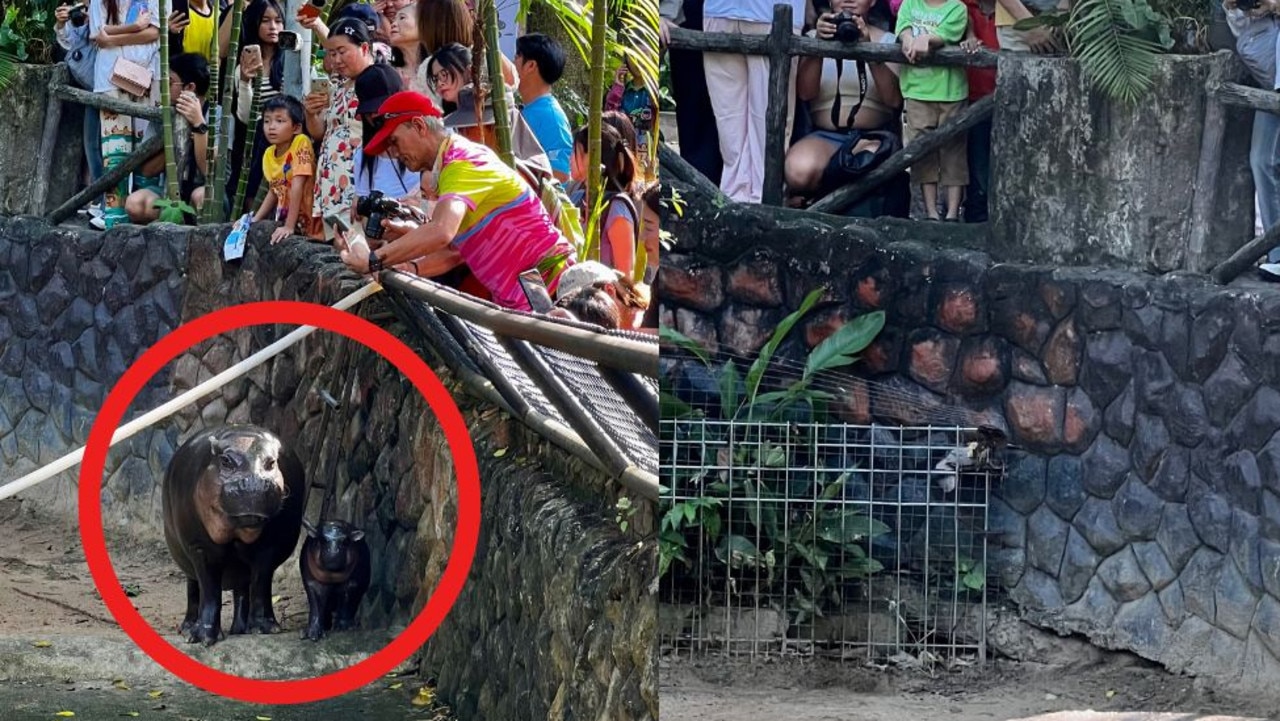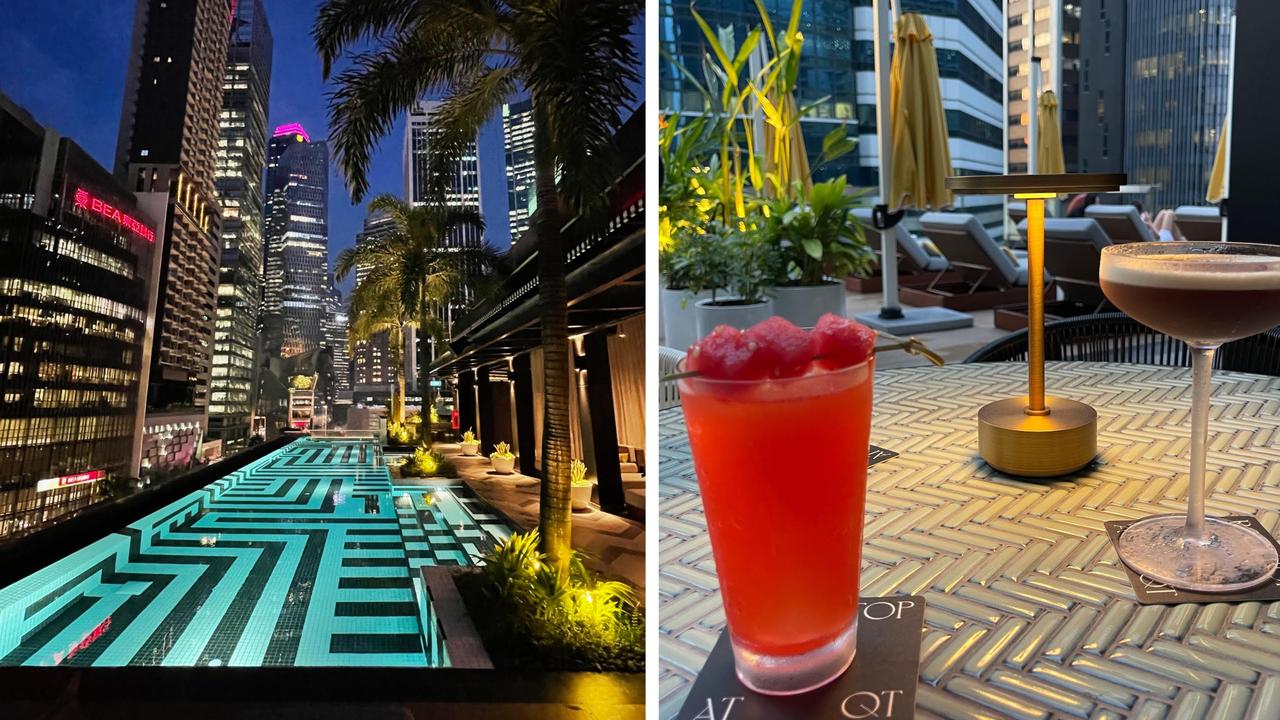Part of Japan Aussies forget about
Aussies’ obsession with Japan has continued to grow but there’s a part of the country that often tourists just have no idea about.
When you think of Japan, the most obvious thing that comes to mind is its bustling cities like Tokyo and Osaka.
And while the country is popular for its sprawling vibrant cities and ancient cultural villages, it’s an island nation blessed with incredible coastal landscapes.
Offering clear blue waters, colourful corals, powdery white sands and dreamy sunsets, Aussies and tourists alike often forget there’s more to the country beyond its bustling towns.

“Many Aussies might not realise that Japan has some incredible beaches to rival other well-known tropical beach destinations around the world, which could offer a welcome contrast to the buzz of busy urban centres when visiting the country,” JNTO Sydney-based executive director, Naoki Kitazawa, told news.com.au.
“When booking a trip, we want all Australians to know that Japan has many different sides worth exploring – even if it’s for a relaxing or fun-filled beach holiday.”
He said thanks to its tropical climate, the islands of Okinawa are home to some of the most picturesque beaches in the world.
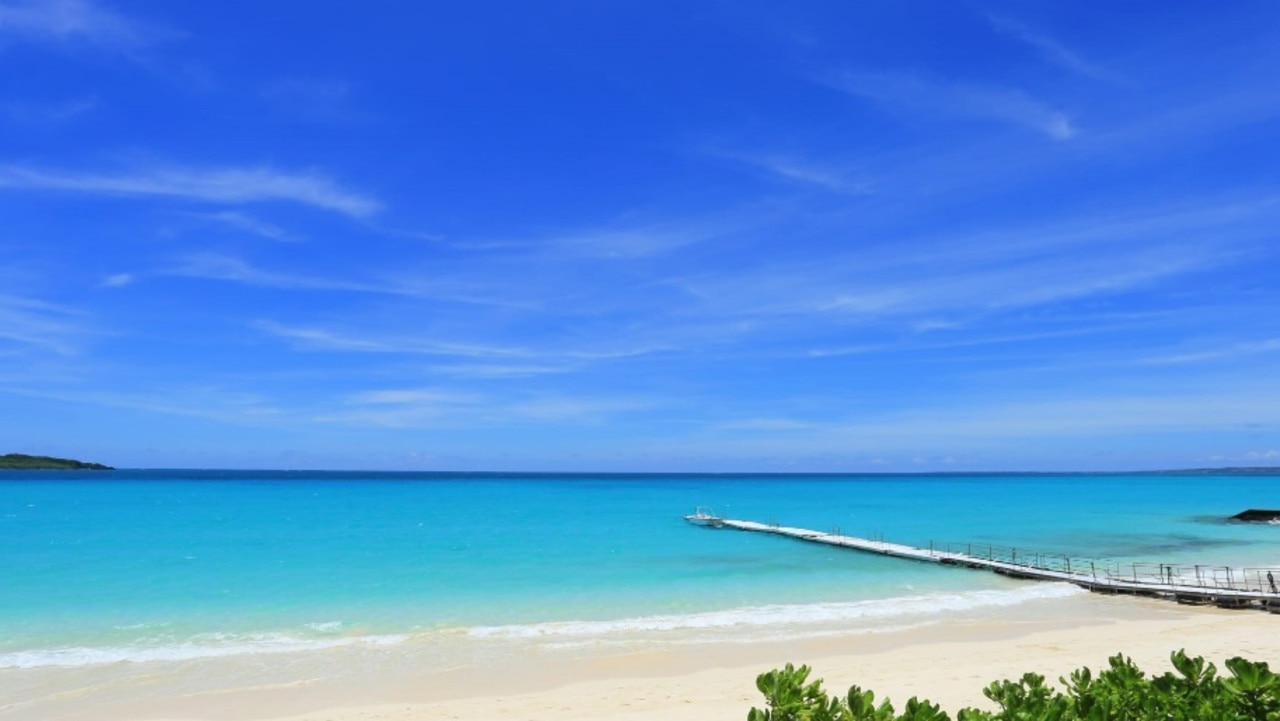
“With a broad selection of beachside accommodation on offer, from boutique hotels to large luxury resorts, Okinawa’s main island is home to some of the most popular beaches in the region including Manza Beach and Emerald Beach where you’ll find all kinds of water activities on offer such as snorkelling, diving, paddleboarding, kayaking and jet skiing.
“Alternatively, some of the more secluded and tranquil beaches can be found around the Miyako and Yaeyama groups of islands which are within easy reach of the main island by ferry.”
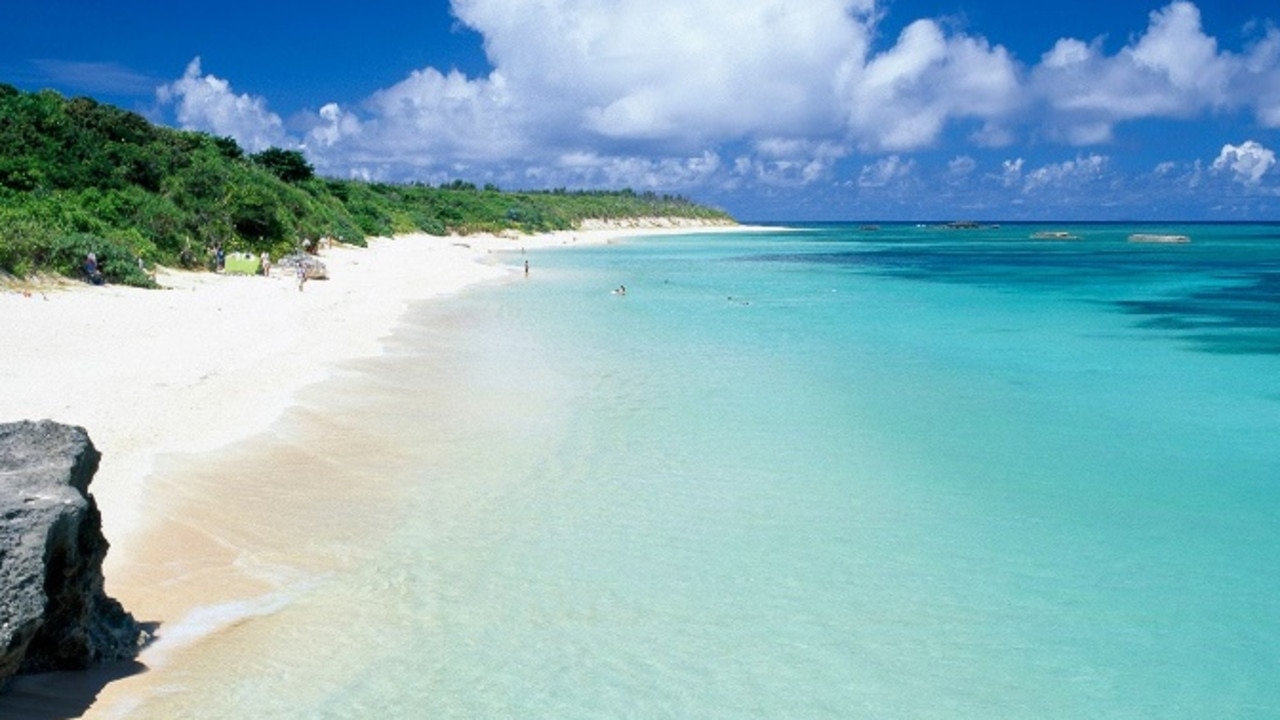
While they may be lesser-known parts the country, access is made easy by the frequent and efficient transport connections.
“Okinawa is very well connected to Japan’s major cities with frequent low cost and full-service domestic flights operating from Naha airport,” Mr Kitazawa said.
“Naha is also on the southern end of Okinawa’s main island which makes it quick and easy for travellers connecting to the smaller Yaeyama or Miyako Islands.”

Mr Kitazawa also advised that because of its subtropical climate, there’s no real “bad time” to visit Okinawa.
“The region enjoys long hot summers and mild winters which makes outdoor activities possible at any time of the year,” he explains.
“Beginning in March, springtime can be a great time to visit just as the resort beaches begin to reopen and the warm days and cooler nights make for a comfortable and pleasant environment for water and land activities.”
If you’ve been wanting to visit Japan, now would be the best time thanks to the strength of the Australian dollar against the Japanese Yen.
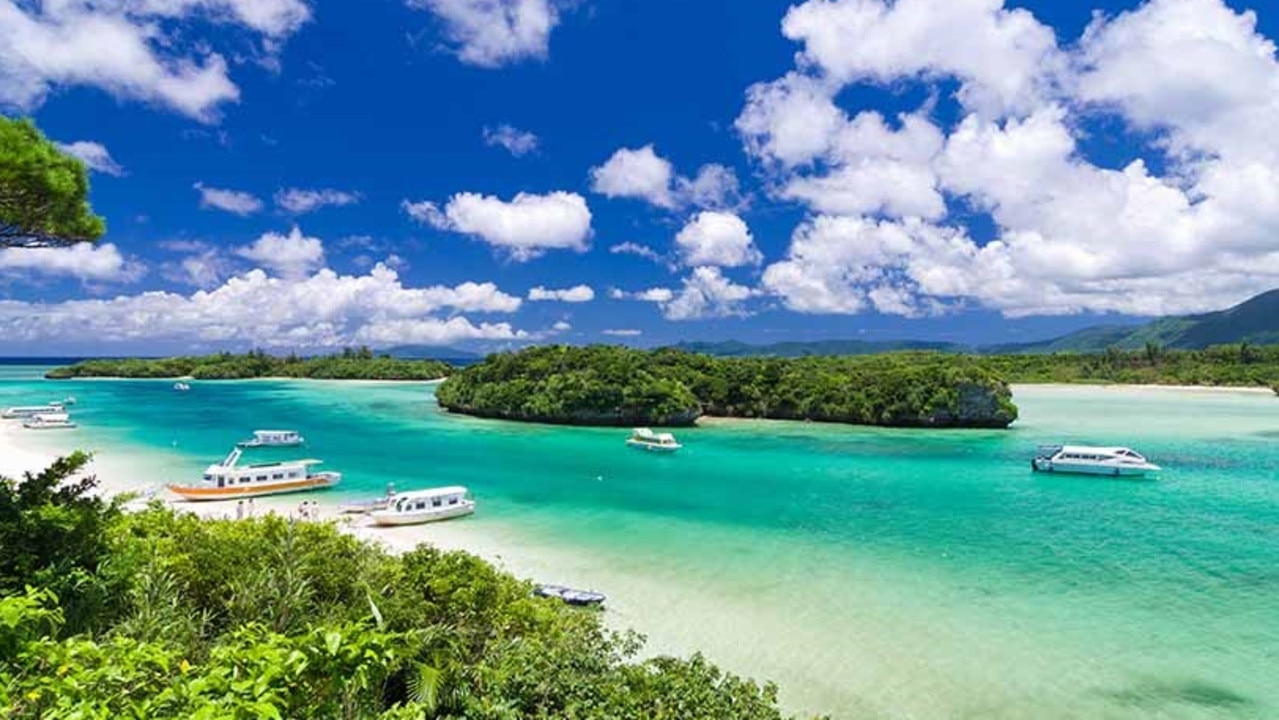
As of today’s market exchange rate, one Aussie dollar is buying .97 Japanese Yen
“To put that into perspective, this time last year 1 AUD was exchanging for around 87 JPY. And five years ago, it was only exchanging for around 63 JPY,” Travel Money Group (FCTG’s foreign currency business) general manager Scott Mccullough, recently told news.com.au.
He said in terms of bang for your travel buck, there’s never been a better time for Aussies to travel to Japan.
According to Flight Centre, travel bookings for March were up 56 per cent on last year, February bookings were up 54 per cent and January bookings were up 65 per cent.
The company’s global managing director Andrew Stark described it as a “seasonal boom” as more Aussies head to the country amid a drop in airfares.
“The interest follows considerable reductions in airfares to many international destinations, with tickets from Australia to Japan sold through Flight Centre in February and March up to 21 per cent cheaper this year than last,” he said.
Newly released data by JNTO shows the number of Aussies visiting Japan between January to March this year increased by 46.3 per cent compared to the same period in 2019, with visitors in March alone up a staggering 87.4 per cent compared to March 2019.
“These figures are fantastic to see, and confirm what we had been predicting which was a strong interest in Japan as a travel destination of choice in 2024,” Mr Kitazawa said.





